Cymbals are what add energy and life to a drum performance and overall sound of a track. But too often, these instruments can bring about harsh frequencies that muddy our tracks. Let's dive into understanding, capturing, and treating cymbals to ensure they work better in your mix!

Understanding Harsh Frequencies
Harsh frequencies, often described as 'piercing', 'shrill', or 'resonant', can be problematic in a mix. Cymbals, with their broad frequency range and metallic timbre, can be especially prone to such issues. It's essential to understand and address these frequencies to ensure a mix that's both pleasant and professionally polished.
Common Causes of Harsh Cymbal Frequencies
- Over-compression: Pushing cymbals too hard with a compressor can emphasize unwanted frequencies.
- Poor microphone techniques during recording: If the mic placement isn't optimal, it might capture excessive brightness or resonance from the cymbals.
- Cymbal selection and quality: Not all cymbals are made equal. The material, age, and design can influence how a cymbal sounds.
Practical Tips for a Better Cymbal Sound
- Mic placement and room acoustics: Experiment with the mic's distance and angle relative to the cymbal. Consider the room's acoustics; reflective surfaces can accentuate certain frequencies.
- Cymbal selection and maintenance: Choose cymbals that complement your mix. Clean and maintain them regularly to ensure a consistent sound.
- Importance of listening environment and reference tracks: Always check your mix in various environments. Using reference tracks can help gauge the cymbal's presence in your mix.

📸: Pro Audio Files
Approaching the Fix: Tools & Techniques
Once you've done all you can in the recording phase, it's time to bring in the tools of the trade to refine that cymbal sound further. In the end, a lot of the approaches come down to an old saying: find the pain - reduce the gain.
EQ (Equalization)
- How EQ can help: By pinpointing and attenuating problematic frequencies, EQ helps smooth out the cymbal's sound.
- Use a spectrum analyzer to visually identify peaks.
- Be surgical; narrow down the Q value for precise cuts.
- Always A/B your changes to ensure you're making improvements.
- High pass filters can get rid of a lot of unwanted sounds in the overhead tracks and make the cymbals more of the focus

Compression
A tool of enhancement and control:
- How to use compression effectively:
- Use a slow attack to preserve the cymbal's transient.
- Adjust the release time based on the cymbal's decay.
- Ensure it's enhancing the sound and balancing it, not making it harsher.
Multiband EQ
For more granular control, multiband EQs let you adjust specific frequency ranges independently.
- Benefits:
- Target the harshness without affecting the overall brightness.
- Tame specific problem areas without a blanket EQ move.
Dynamic EQ
A blend of EQ and compression:
- Difference from standard EQ: Dynamic EQ responds to the input level. It applies the EQ change when the signal surpasses a certain threshold.
- When harshness only occurs at specific loud parts.
- For a more transparent correction without constant attenuation.

Plugins such as Soothe are great for controlling harsh sounds within cymbals. It acts as a dynamic EQ that only is applied when needed. However, you have less manual control over these kind of plugins so use caution.
Distortion
While it may sound counter intuitive, using a small amount of distortion, especially something like Distinct Pro, can help tame the cymbals. Apply just a subtle amount to the overheads or room mics and you’ll notice that the saturation and harmonics added from the distortion can help make the cymbals sound more pleasing.

Conclusion
Cymbals, while being a cornerstone in many musical compositions, can often be a tricky element to perfect in a mix. Their rich overtones and broad frequency range can be both a blessing and a curse. Harshness in cymbals can distract from the core elements of your mix and make the listening experience less enjoyable.
By understanding the root causes of this harshness and leveraging the right tools and techniques, you can transform these potential pitfalls into polished productions. Your listening environment, choice of tools, and most importantly, your ears, play a pivotal role in this process. With every mix you tackle, you'll find better ways to approach challenges and refine your craft.

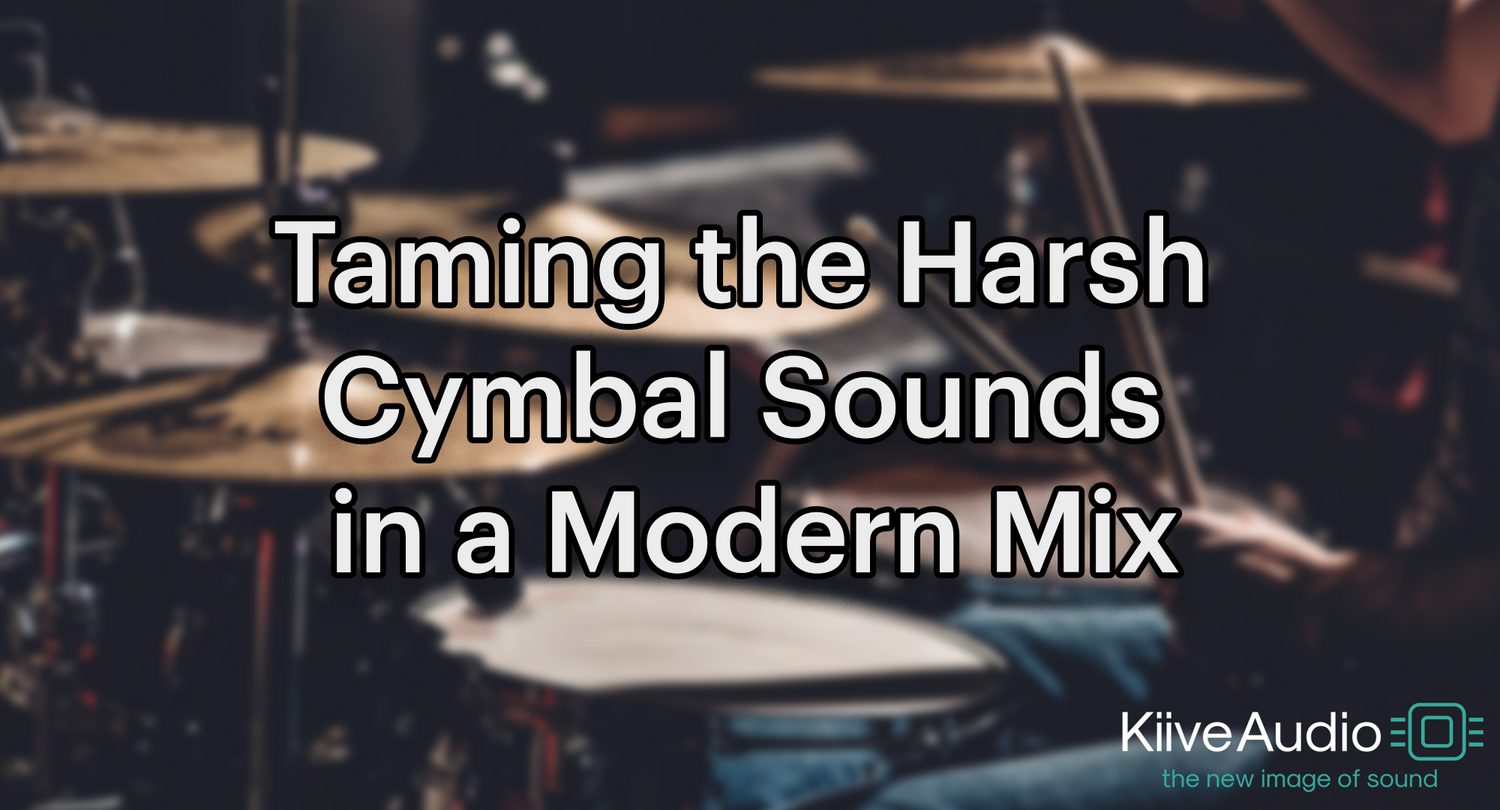
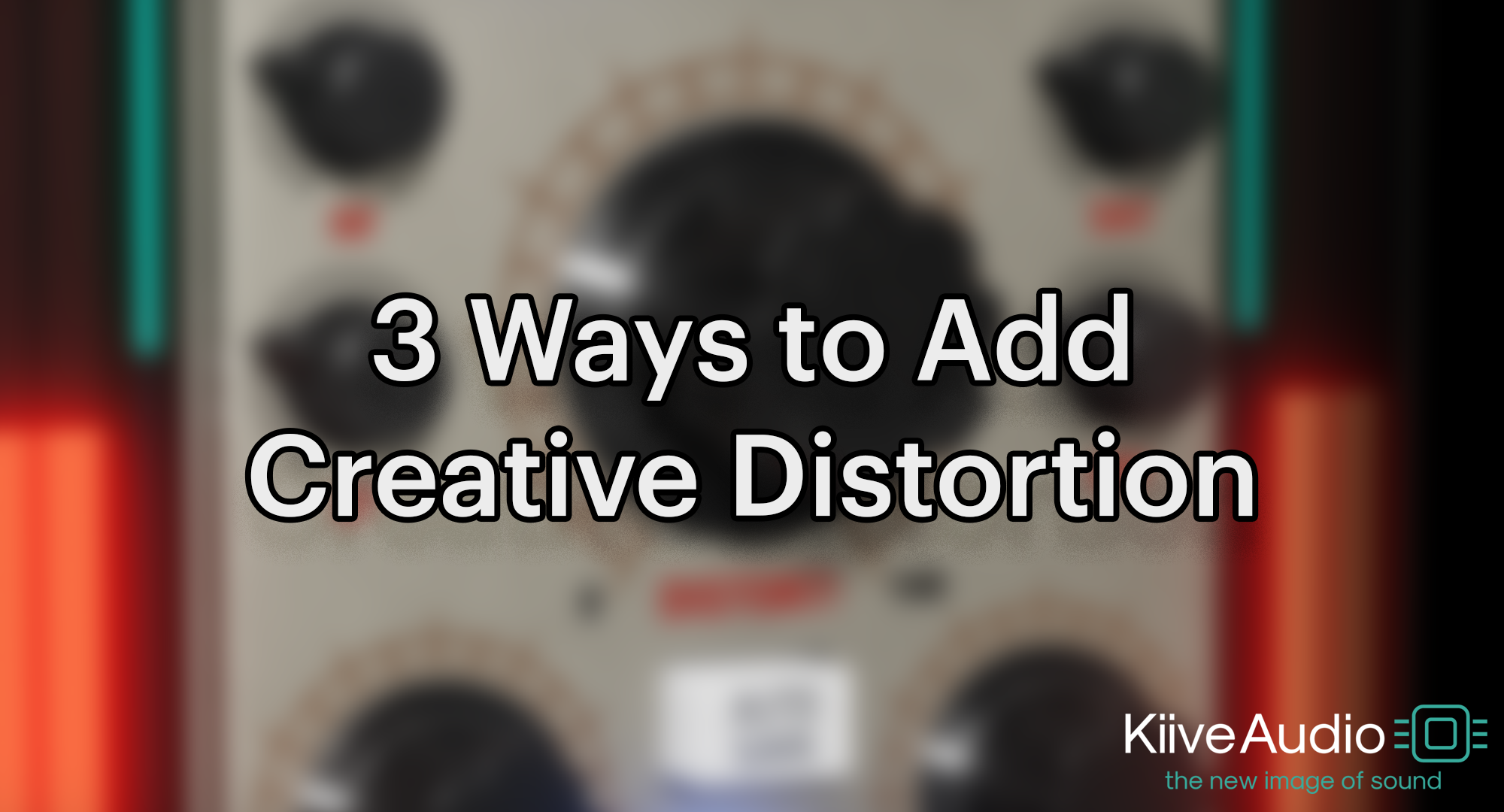
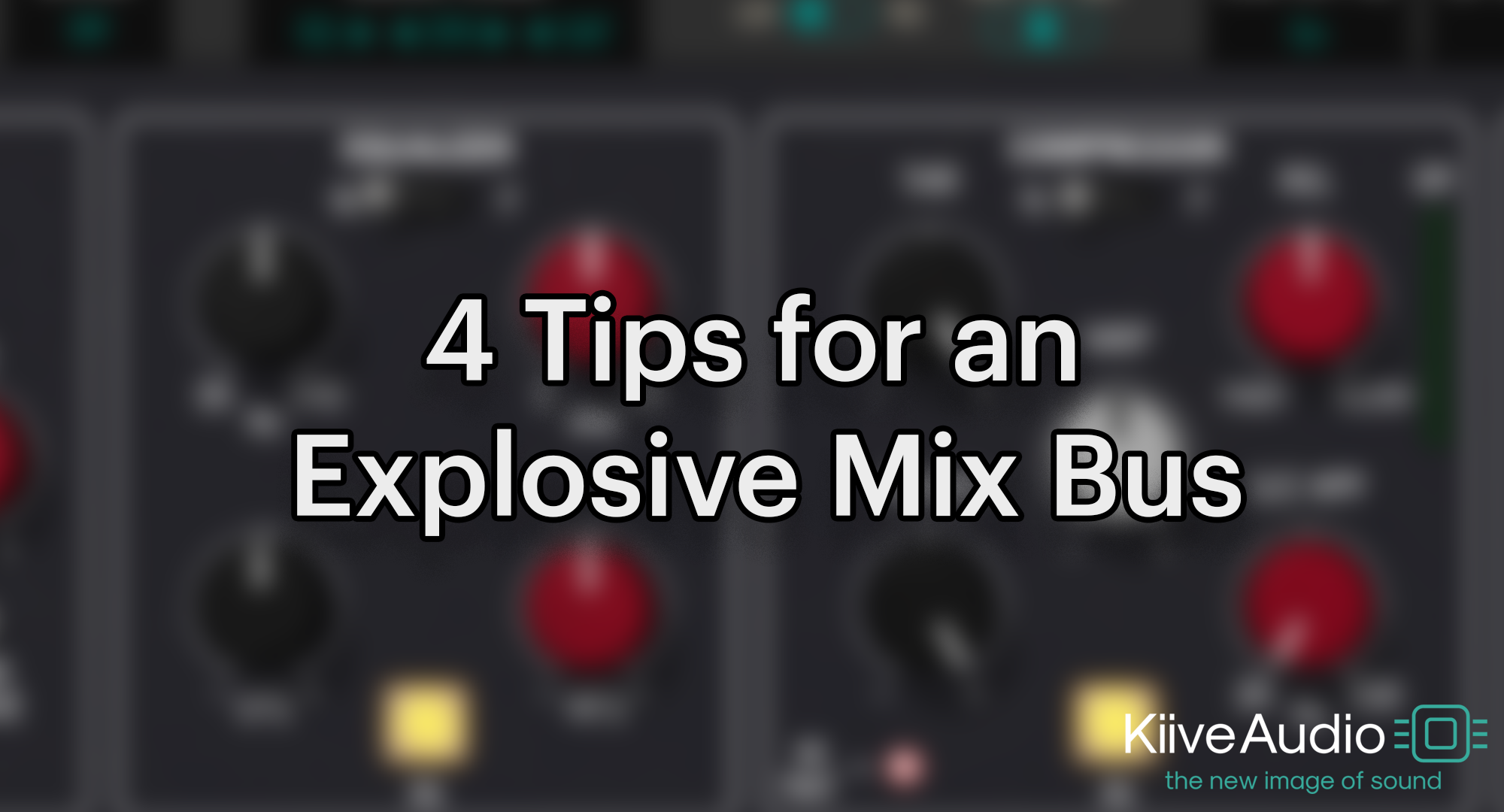
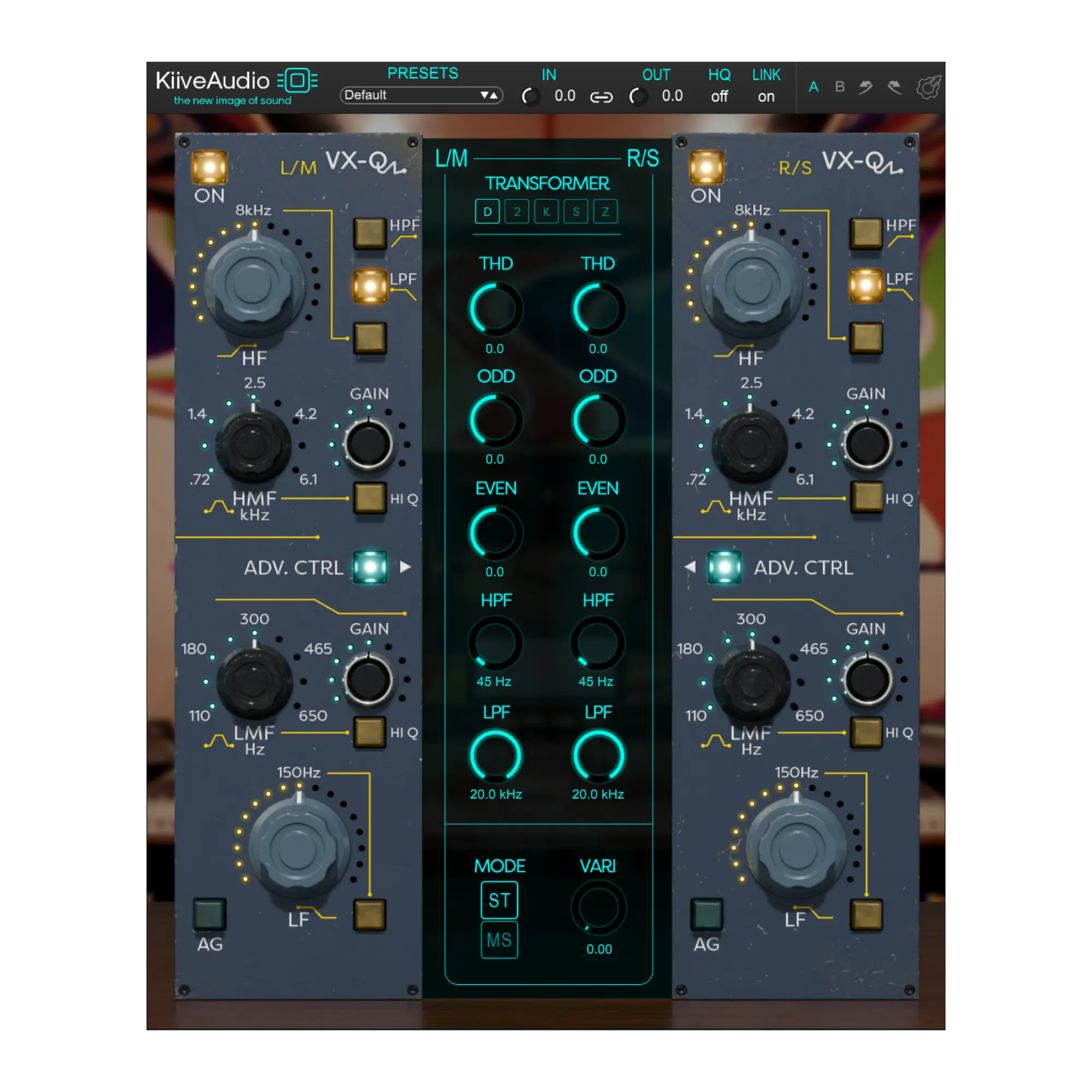
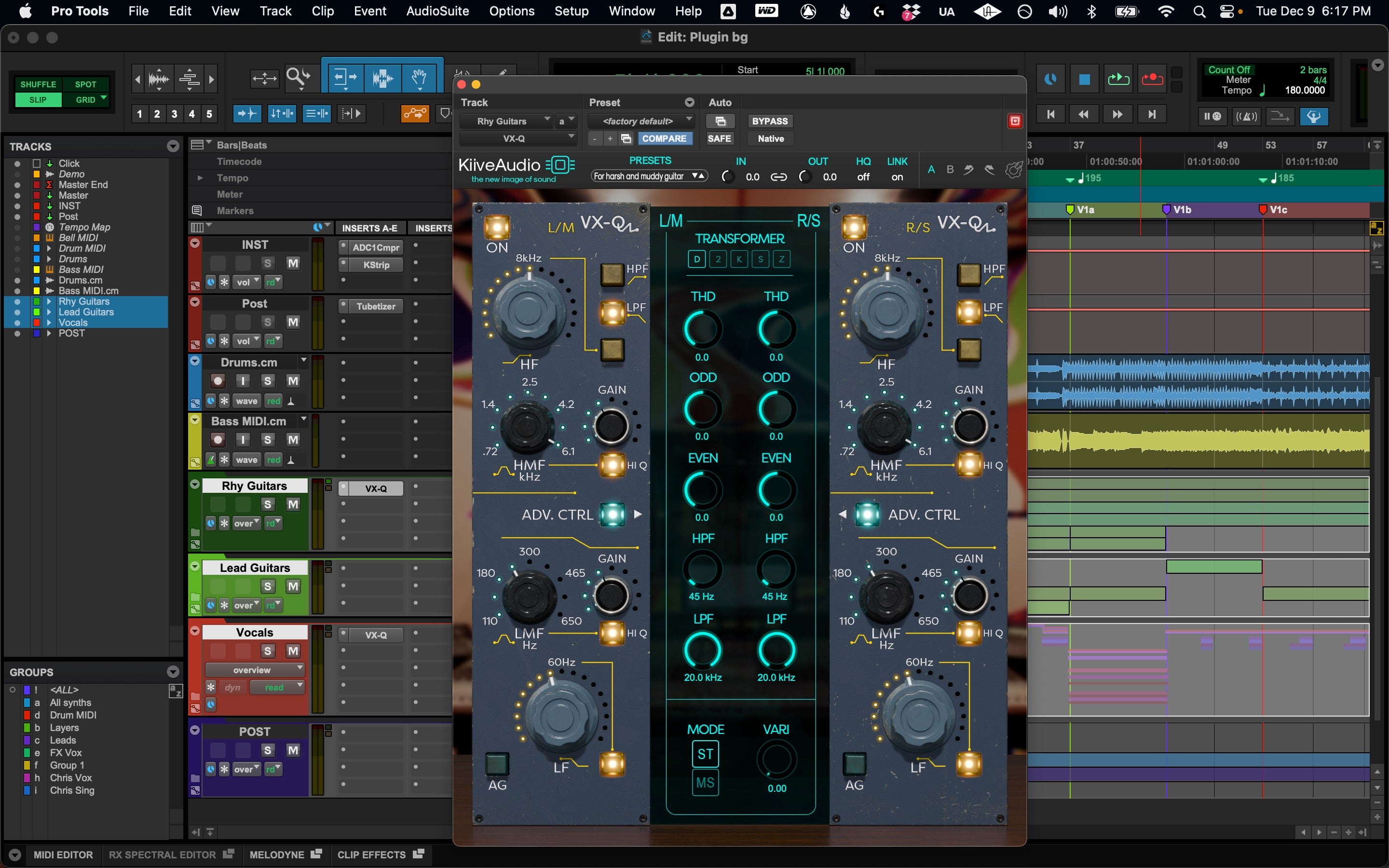



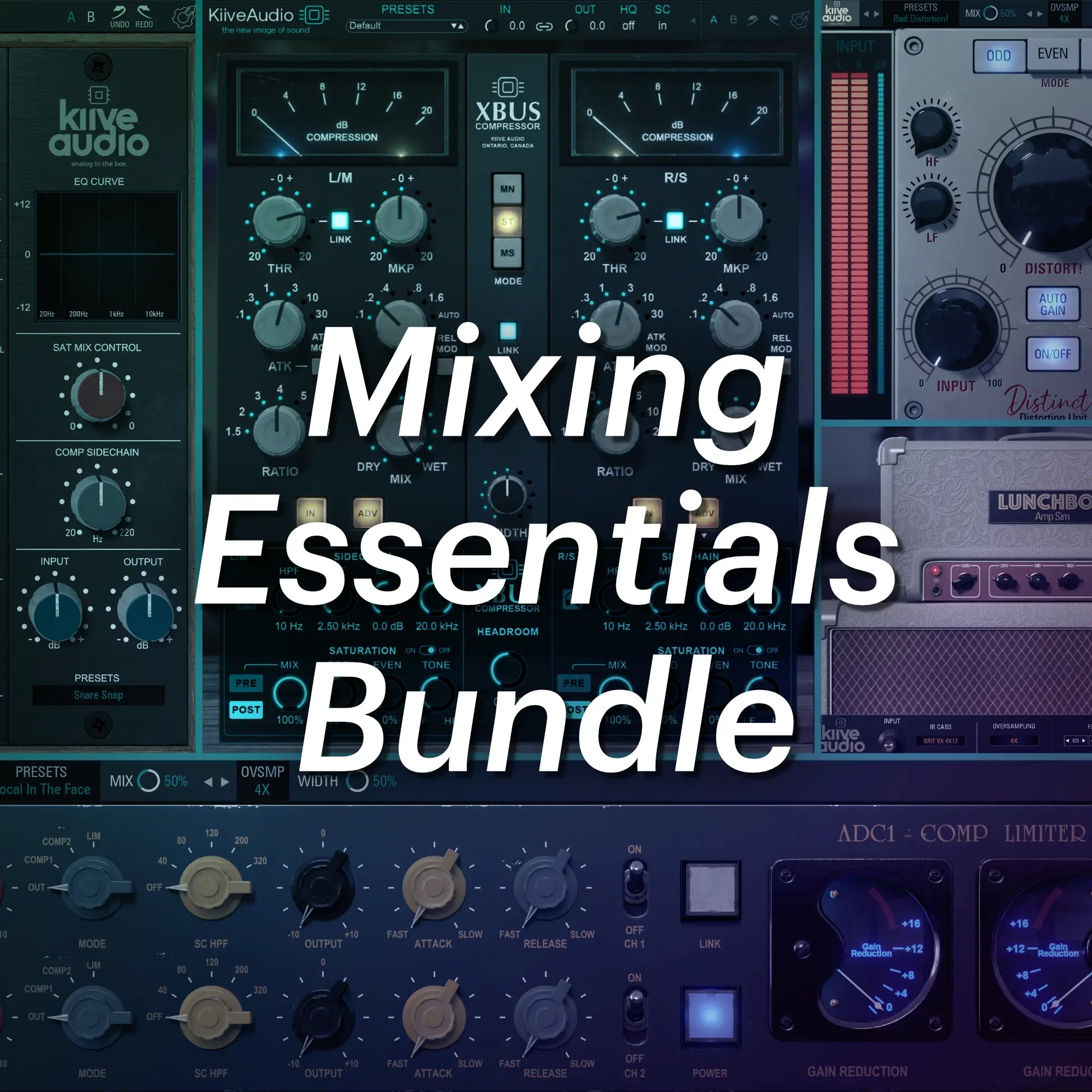
Leave a comment
All comments are moderated before being published.
This site is protected by hCaptcha and the hCaptcha Privacy Policy and Terms of Service apply.